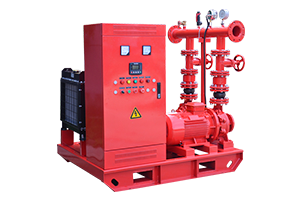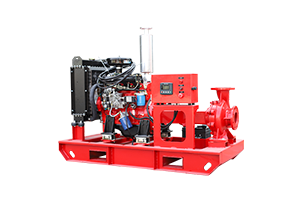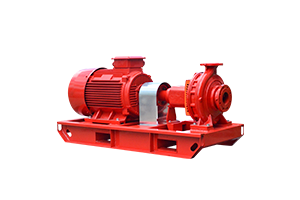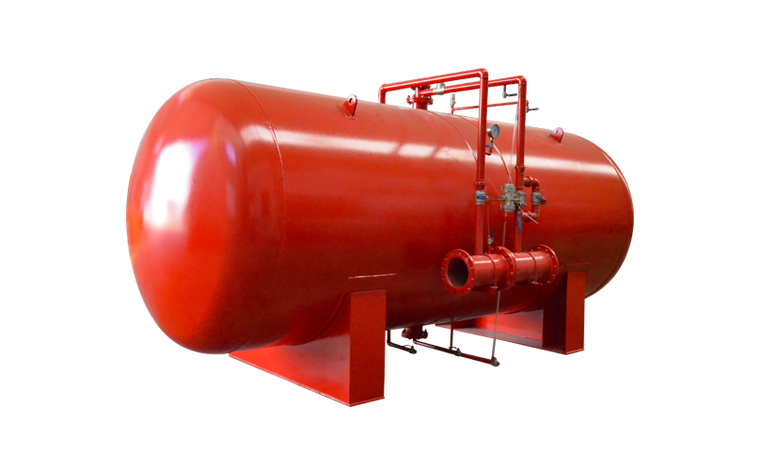How to Avoid Vibration Issues in Fire Pump Installations
When it comes to fire pump installations, ensuring that the system runs smoothly is critical for the safety and reliability of any building’s fire protection system. One common issue that can significantly impact the performance and longevity of a fire pump is vibration. Vibration can cause damage to components, decrease efficiency, and lead to costly repairs or system failures. In this article, we will explore the causes of vibration in fire pump installations and how you can effectively prevent them to maintain optimal performance.
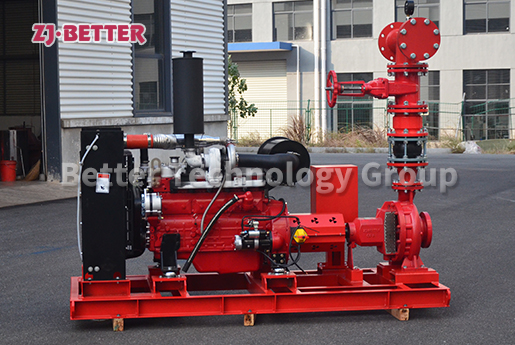
1. Proper Pump Alignment
One of the leading causes of vibration is improper alignment between the pump and the motor. Misalignment can occur during installation or as components wear over time, resulting in uneven wear and excessive vibrations. To prevent this, ensure that the pump and motor shafts are aligned correctly according to manufacturer specifications. Using laser alignment tools can help achieve the precise alignment necessary to minimize vibration.
2. Mounting and Foundation Design
The foundation and mounting system for your fire pump are key factors in reducing vibration. An unstable or improperly designed base can amplify vibrations. Ensure that the foundation is solid, level, and built to support the specific weight and size of your fire pump. Consider using vibration-damping mounts or isolation pads designed to absorb excess vibrations. These will help prevent the spread of vibrations to surrounding structures, which could lead to mechanical failures or noise disturbances.
3. Pump and Motor Support
Proper support for the pump and motor assembly is critical to preventing vibrations. Check that the pump and motor are mounted securely to prevent any movement or flexing during operation. Vibration isolators or flexible couplings can help reduce the impact of rotational forces and prevent damage to the components. Regular inspection of supports and connections will help identify and address issues early.
4. Regular Maintenance and Inspection
One of the best ways to prevent vibration-related problems is through regular maintenance and inspection. Over time, wear and tear on bearings, seals, and other components can lead to imbalances or misalignments that cause vibrations. Schedule regular inspections to check for any signs of excessive wear or misalignment. Keeping the pump and motor components in good working order will ensure efficient operation and reduce the risk of vibration-related failures.
5. Balancing the Impeller
Imbalance in the pump impeller is another common cause of vibration. An unbalanced impeller can lead to uneven forces during operation, causing vibrations throughout the system. If you notice any unusual noise or excessive vibrations, check the impeller for damage or wear. Ensure that it is properly balanced to avoid these issues. In some cases, it may be necessary to replace the impeller to restore smooth operation.
6. Consider Pump Type and Size
Choosing the right fire pump for your installation is essential in minimizing vibration problems. Different pump types and sizes have different vibration characteristics, and selecting the wrong one for your application can lead to inefficiencies and vibration-related issues. Work with a qualified engineer to ensure that the pump you select is suitable for the system’s requirements and operating conditions.
Conclusion
Preventing vibration issues in fire pump installations is essential for the reliable performance and longevity of the system. By ensuring proper alignment, foundation design, motor support, and regular maintenance, you can minimize the risk of vibration-related problems. With the right precautions, your fire pump will continue to operate efficiently and provide the necessary protection when needed most.
If you are looking for high-quality fire pumps or expert installation advice, contact us at Better Pump for all your fire pump needs. Our team is committed to delivering reliable and efficient solutions to keep your fire protection systems running smoothly.

